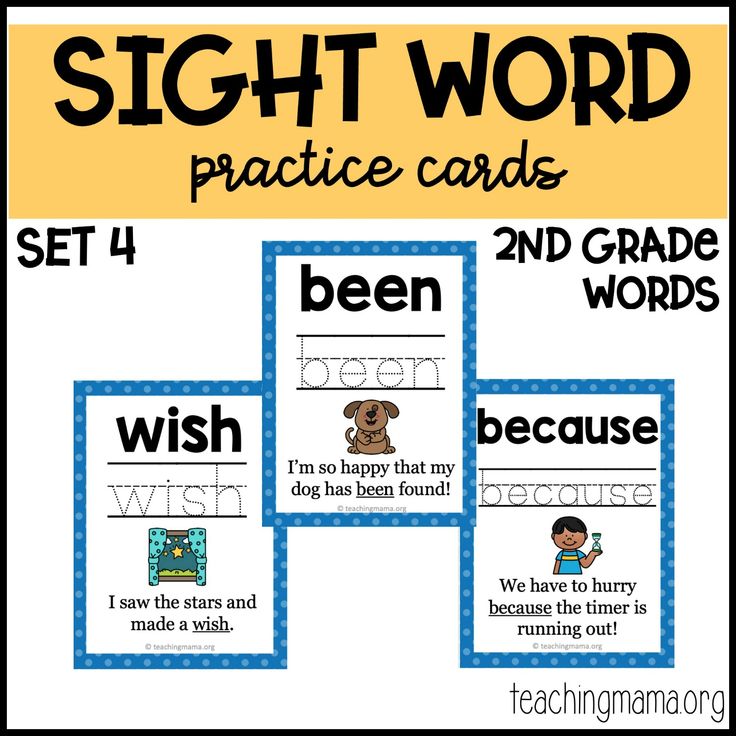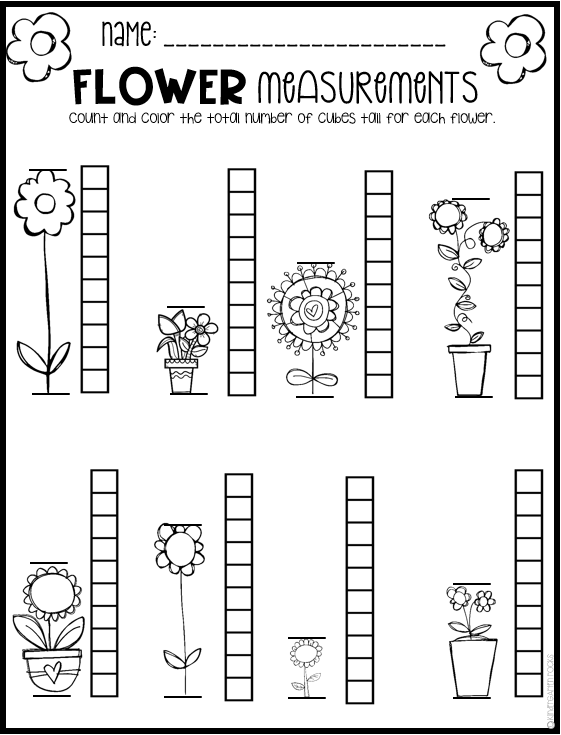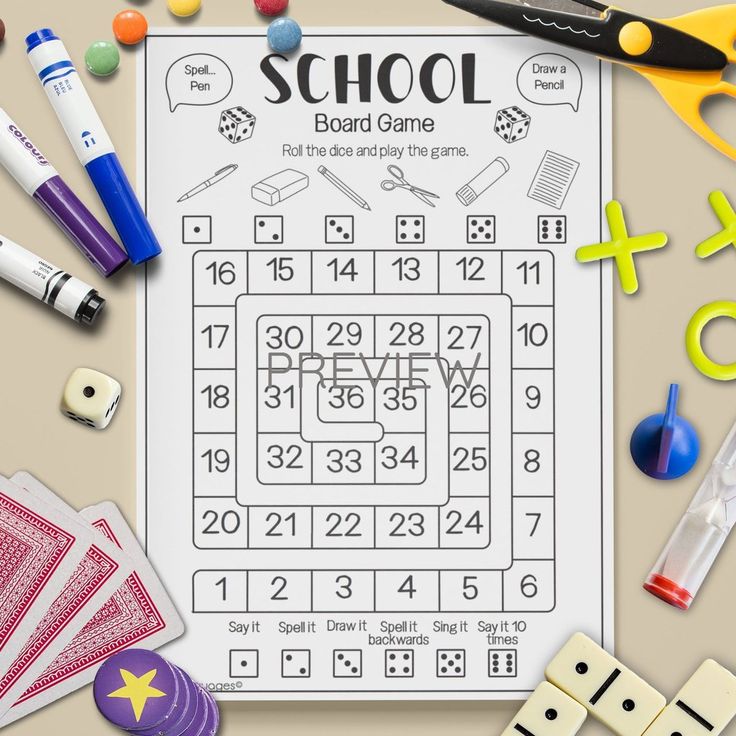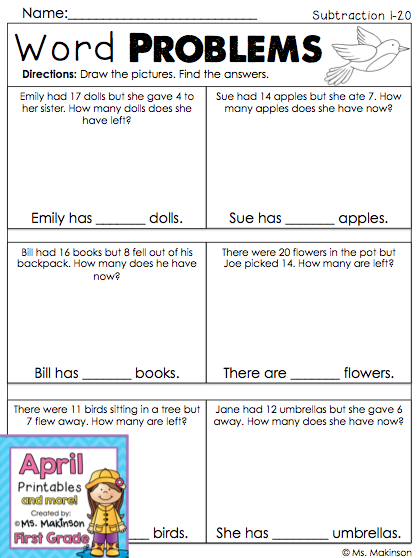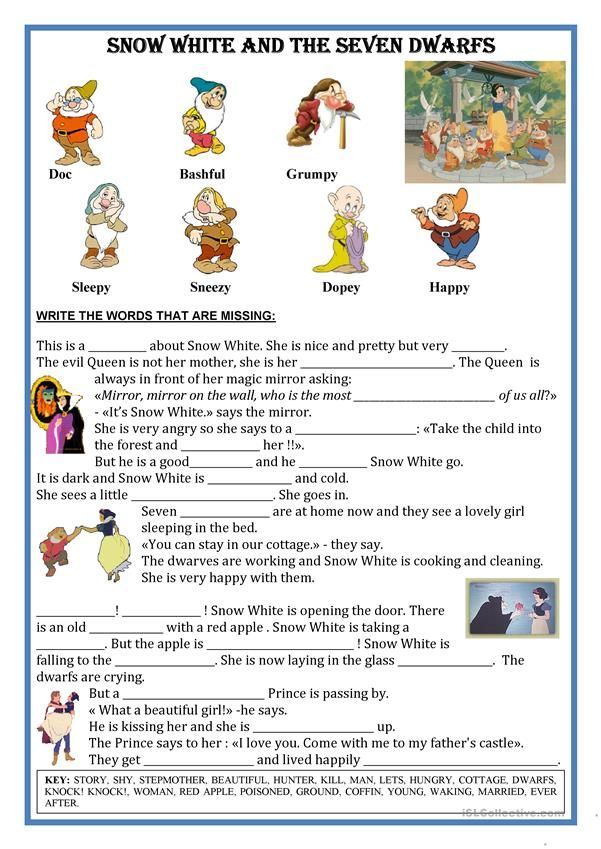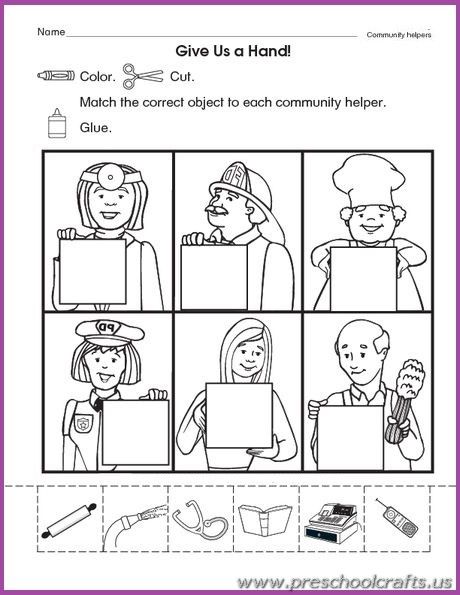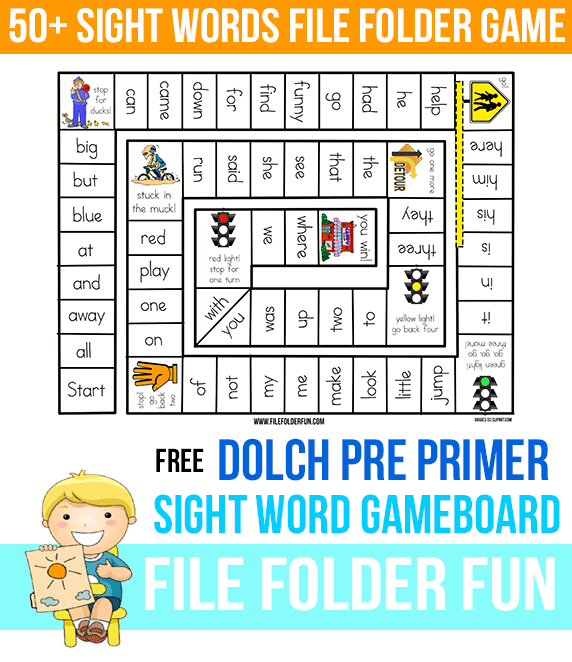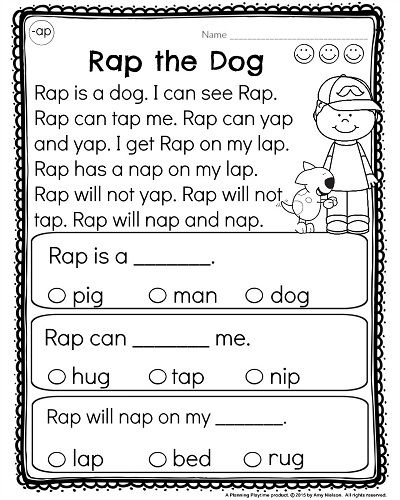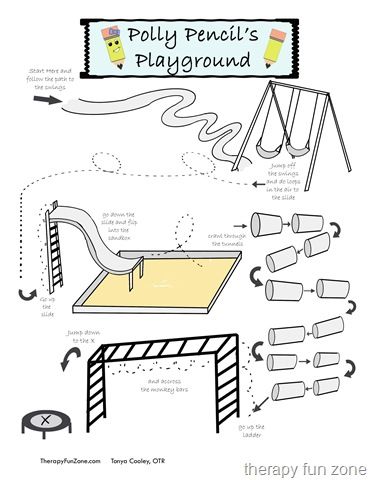Games with sight word cards
20 Sight Word Games, Activities, and Reading Ideas
If your child is learning to read, then you know that sight words are high-frequency words common in most text, words like the, and, they, or she. Knowing these words at a glance makes reading easier. Here you’ll find sight word games, apps, multi-sensory activities, and reading ideas. I recommend trying multiple approaches to engage your child’s different modalities of learning these words.
Also, it’s important to note that schools generally use either the Dolch or the Fry Sight Word lists. The lists are slightly different so make sure you know which one to use.
GAMESGames bring an element of fun and playfulness to learning. Since many of these games ask for sight word playing cards, make your own using index cards or download free printable cards here for the Dolch list and here for the Fry list.
Memory
Make your own card deck with two of each sight word. Shuffle. Place the cards face down in rows. When it’s your turn, turn over two cards and try to get a matching pair. If you don’t have a match, turn the cards back over. The winner is the player with the most pairs. (See example on Frogs, Snails and Puppy Dog Tails.)
Bingo
Download premade bingo cards grouped by levels of sight words here. Or, make your own bingo cards with the specific group of words your child is learning.
Scavenger Hunt
Make a list of sight words and a corresponding sticky note for each word on the list. Have your child find the sticky note somewhere in your house and match the word with the corresponding word on the master list.
Go Fish
We played this game a lot when my youngest learned her words. Make a set of sight word pairs (or make four like the original game) for each word. You’ll probably want at least 30 cards. Deal out five cards to each player. Play using the Go Fish rules — either looking for two or four cards to make a set.
Ukloo
We love this store-bought treasure hunt because it helps kids practice reading sight words. The game clues come in three levels, each has clues written primarily with sight words. We made it inexpensive by finding the silliest “treasures” we could find such as a gum wrapper or paper clip.
Zingo!
Kids won’t even care they’re practicing sight words because this Bingo game makes practice such a blast.
Technology often motivates kids to learn, which is why sight word apps can be a helpful tool. Try these learning apps and see which one your child enjoys most.
Bob Books Reading Magic Sight Words
Read the highlighted word in a sentence and practice writing by dragging the letters to the spaces at the bottom.
Gappy Learns Reading
Fill in the missing letter or letters to make bridges for the rabbit to cross and get home. Includes both three letter words and sight words.
The Sight Word Adventure
Play 10 fun games such as whack-a-mole, letter scramble, and hide-and-seek to practice 320 sight words at five levels.
Sight Word Games
With a section for learning and one for playing games, this new app from This Reading Mama gives kids more ways to practice their words, including Hangman and Bingo.
Sight Word Bingo
My kids loved the cute monsters in this entertaining Bingo game that uses the Dolch words.
We have many senses other than our visual and auditory senses that can be engaged for optimum learning. These activities add in movement and touch.
Chants
With these chants, your child will work to learn the words while moving and acting like an animal.
Play Dough Mats
Using play dough and a sight word mat, make the letters of each sight word. Then write the words below.
Magnet Letters
Make your sight words on a magnetic surface using magnetic letters.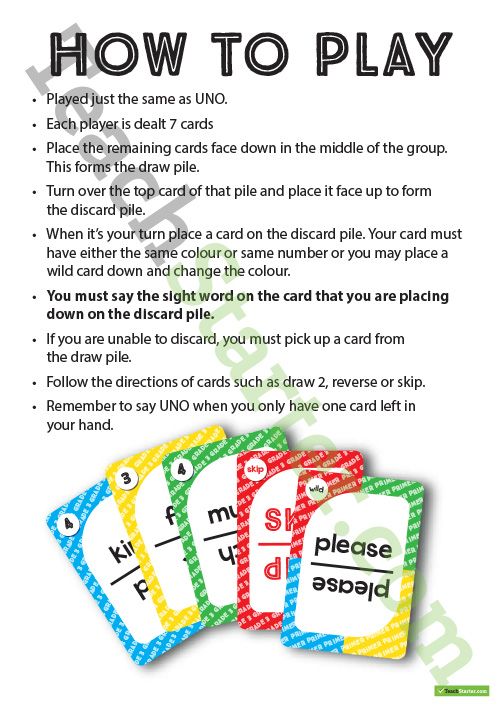
Wikki Stix or Pipe Cleaners
Build your sight words using Wikki Stix or pipe cleaners.
Beads
Practice your words by threading letter beads onto pipe cleaners to make each one.
Flash Cards
You’ll want a list of the words your child needs to learn so that you can make your own flash cards or buy them. Then tackle a few each day. When your child has learned a word, post it on a wall to celebrate. Soon you’ll have a wall filled with words they can read!
Bob Books
Bob Books are short leveled books that help children learn a few words at a time, practice those words in the books, and then move on to reading more. We found them to be a very helpful resource.
Sentence Cards
These are printable cards with a sight word and the sight word used in a short sentence. They don’t just increase a child’s sight word bank, they also improve reading skills too.
Printable Leveled Booklets
These are short, printable books that you can download for free or for a small price that are text controlled. In other words, you can choose the appropriate reading level with what specific sight words your child needs to learn.
Have other tips for how to help kids learn sight words? Share in the comments below.
9 Fun Sight Word Games for New Readers
Tick, tick, tick, I can still hear the sound of the kitchen timer counting down the minutes while I memorized my first grade sight words. At back-to-school night, my teacher informed our parents that all first graders would be responsible for memorizing their sight words, those high frequency words that do not always follow the rules of phonics. My dutiful and caring mother made flashcards, set the kitchen timer for 15 minutes, and drilled me on my sight words every night after dinner.
I remember dreading these 15 minutes more than having my yearly finger prick at the pediatrician’s office.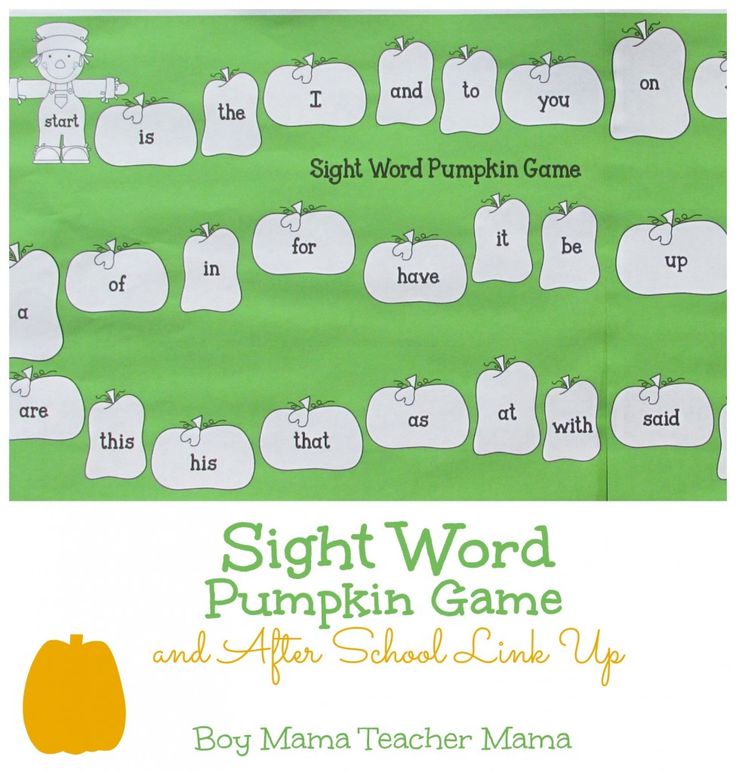 As my mom flipped through the cards and I struggled with remembering the difference between where and were and was and saw, I longed to be doing anything else. By the end of first grade, I could fly through the pack of sight words and could even tell the different between they’re, there, and their. The boring drills worked. At the same time, they made reading a dreaded chore.
As my mom flipped through the cards and I struggled with remembering the difference between where and were and was and saw, I longed to be doing anything else. By the end of first grade, I could fly through the pack of sight words and could even tell the different between they’re, there, and their. The boring drills worked. At the same time, they made reading a dreaded chore.
A Fresh Approach to Learning Sight Words
My son is now the student tasked with memorizing his sight words. As a mother and teacher, I am now the dutiful parent who holds the sight word flashcards. I still cringe at the thought of sitting in the kitchen every night after dinner, drilling the sight words, and listening to the timer tick down the minutes. Instead, my son and I have been playing some simple sight word games that have the same objective as the endless drills.
Just like Kix Cereal, these games are all “kid tested and parent approved.” That means my son finds them entertaining and they require very little preparation on my part.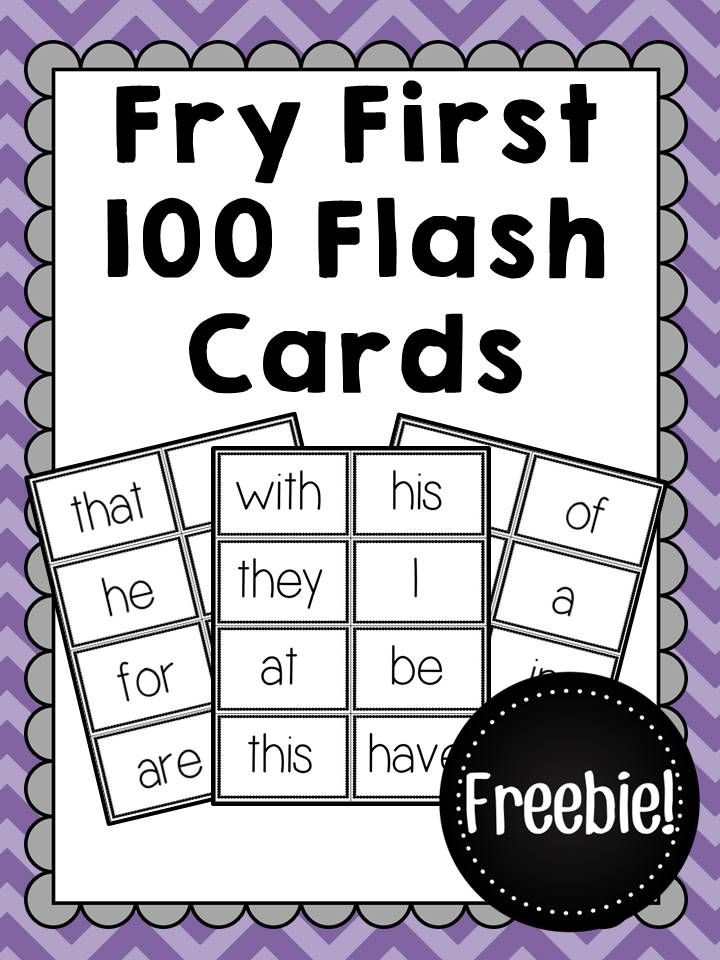 These games can be modified to suit your child. Instead of sight words, consider playing some of these games to master letter recognition with your preschooler, state capitols with your fifth grader, or even the Periodic Table of Elements symbols with your high school junior.
These games can be modified to suit your child. Instead of sight words, consider playing some of these games to master letter recognition with your preschooler, state capitols with your fifth grader, or even the Periodic Table of Elements symbols with your high school junior.
9 Engaging Sight Word Games
Flash Card Hide and Seek
Materials: flashcards, three or four small pictures that fit underneath the flashcards
How to Play: Place all of the flash cards face up on a flat playing surface. Have your child cover his eyes or leave the room. Hide the small pictures under the flashcards. Your child should then try to find the pictures by reading each word and then looking under the card. The game ends once your child finds all of the pictures. That’s it! My son was so entertained by this game one afternoon that he practiced his sight words for over 30 minutes!
Memory
Materials: two sets of flashcards
How to Play: This is a classic that kids still love to play. Spread the flashcards out on a table or flat playing surface. Players take turns flipping over two cards to find a match. Once a player finds a match, he or she may keep the cards. In our house, if a player gets a match, he or she may take another turn. Another house rule, if a player cannot read the words on the cards, the cards go back into play.
Spread the flashcards out on a table or flat playing surface. Players take turns flipping over two cards to find a match. Once a player finds a match, he or she may keep the cards. In our house, if a player gets a match, he or she may take another turn. Another house rule, if a player cannot read the words on the cards, the cards go back into play.
War
Materials: flashcards with numbers written underneath the words. Tip: Use numbers that your child recognizes and understands the value. This will vary for each child.
How to Play: This game plays like traditional War with one sight word twist. Divide the cards into two equal stacks. At the same time, players take a card from the top of their stacks and place the cards across from each other. In this version, players must read their sight words out loud. If a player can read his or her word and has the higher number, he or she gets both cards. Play continues until one player has all of the cards or until the parent says, “This game takes forever, you win!”
Flashlight Game
Materials: flashcards, tape, flashlight
How to Play: This one works well after dark.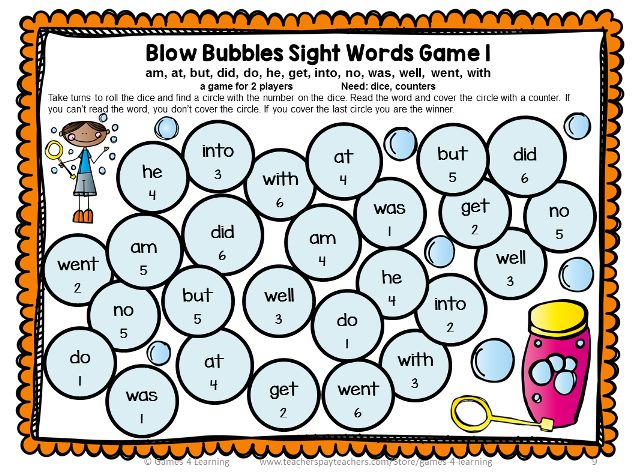 Tape your child’s flashcards to a wall or ceiling. Turn the lights out. Have your child shine a flashlight on each word. She should read each word she sees. My son also likes this game when we line the flashcards up on the staircase. I turn the lights out and he shines his flashlight on each step as he moves from the first floor to the second. Again, this is a super simple game, but one that kids enjoy.
Tape your child’s flashcards to a wall or ceiling. Turn the lights out. Have your child shine a flashlight on each word. She should read each word she sees. My son also likes this game when we line the flashcards up on the staircase. I turn the lights out and he shines his flashlight on each step as he moves from the first floor to the second. Again, this is a super simple game, but one that kids enjoy.
Pancake Flip
Materials: cardboard circles, marker, spatula
How to Play: Cut small circles out of cardboard. Amazon boxes work great for this! Write a sight word on each circle. Place the circles face down on a table or other playing surface. Challenge your child to use the spatula to flip over the circles or “pancakes.” Each time your child flips over a pancake, he or she must read the sight word. It sounds ridiculous, but kids love flipping things over! This is also a great activity for building both fine and gross motor skills.
Tic-Tac-Toe
Materials: paper, writing utensil, small markers (counters, game pieces, mini erasers, coins, buttons, etc. )
)
How to Play: In this version of Tic-Tac-Toe, draw a Tic-Tac-Toe board on a sheet of paper. Write a different sight word in each square. Using two different types of small markers, try to get three in a row. In order to play a square, the player must read the sight word out loud. Your child may also cross out any word that he reads. I prefer to use mini erasers when we play because they are cute and it saves paper. Kids want to play this one over and over!
Stinky Cheese
Materials: yellow and orange construction paper cut into small triangles, brown paper bag, writing utensil, timer
How to Play: This game does require a bit of preparation. Cut the yellow and orange construction paper into small triangles. The triangles do not have to be perfect or the same size. Write a sight word on each of the yellow triangles. Leave the orange triangles blank. The yellow triangles are the cheese and the orange ones are the stinky cheese.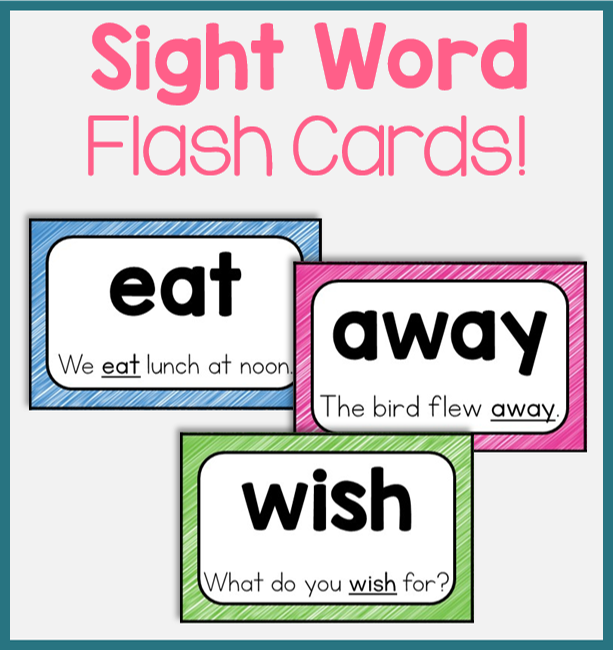 Place all of the triangles in the bag.
Place all of the triangles in the bag.
Set the timer for five minutes. Play begins as one player pulls a triangle out of the bag without looking. If the triangle is yellow, the player must read the sight word on the triangle. If she reads the word correctly, she gets to keep the cheese. Play continues as players take turns pulling triangles out of the bag. If a player gets an orange triangle (stinky cheese) she must put all of her cheese back in the bag. The game ends when all of the yellow cheese is claimed or when the timer goes off. The player at the end of the game with the most cheese is the winner!
Read Together
Materials: multiple copies of sight word lists
How to Play: This one is more of a confidence builder than a game. For Read Together, simply sit next to your child and together read through his sight words. The child and parent should read each word at the same time, almost in a chant. Each time you play, keep the words in the same order.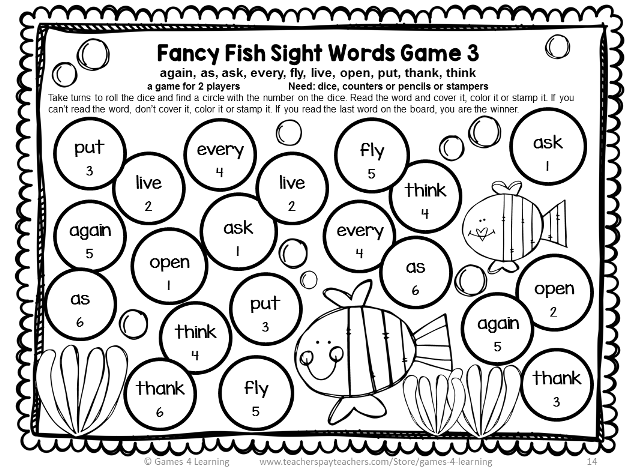 Encourage other family members to read along. This is a great activity for kids who become frustrated quickly with sight word memorization. They do not feel alone as they practice reading their words.
Encourage other family members to read along. This is a great activity for kids who become frustrated quickly with sight word memorization. They do not feel alone as they practice reading their words.
Hot Wheels Game
Materials: sight word flashcards, toy vehicles
How to Play: My kindergartener created this game and it has quickly become his favorite. He places all of his flashcards face up on the kitchen table. Then, he places a toy vehicle on top of each word. As he drives off the cars, he read the sight words underneath. If he cannot read the word, we review it and then he moves the card to the “parking lot.” He places more vehicles on top of the cards in the parking lot. Play continues until he reads all of the words and all of the cars are off the lot.
Books For Beginning Readers
Now that your child has practiced reading sight words in isolation, try finding them in some books for beginning readers or in some books specifically geared towards first and second graders.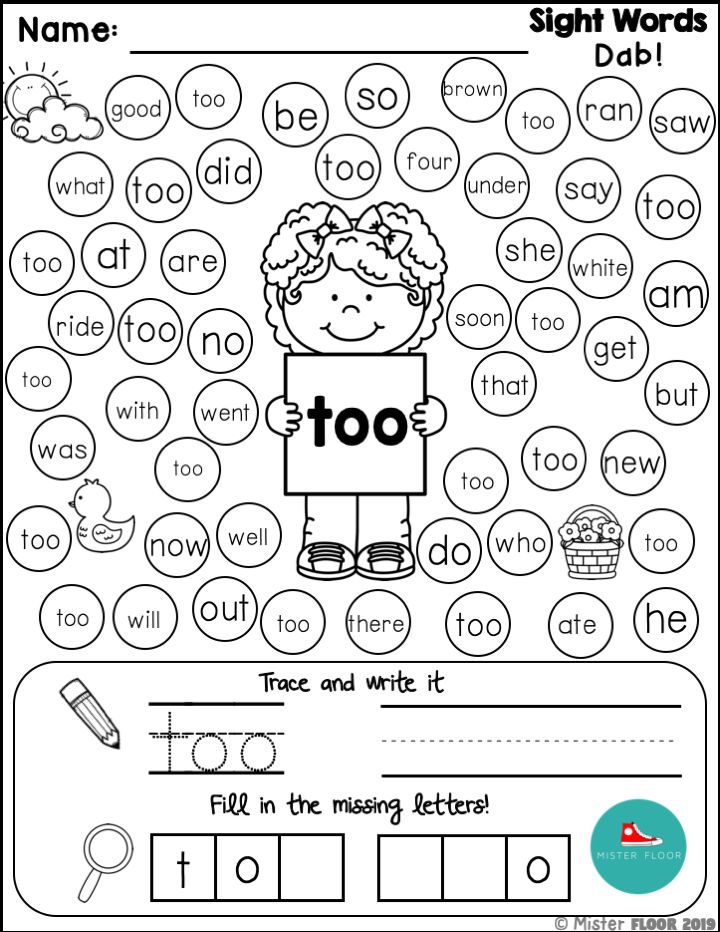
Double-sided task cards Train your eyesight
This set of cards was created with the support of leading ophthalmologists specifically to prevent eye fatigue, improve, correct, restore and unload vision. The set includes cards with visual gymnastics, stereograms, polychromatic pictures, optical illusions, as well as popular games for the prevention of the “lazy” eye: “mazes”, “confusion”, “who is superfluous here”, “connect by dots”, “spot the differences”. » and others
How to play Double-sided task cards Train your eyesight?
Each card has a bright picture that will help the kid complete tasks and cheer up. Boys and girls will have to go through intricate labyrinths, find differences in pictures and perform other exciting exercises. Each card is double-sided, you can take them with you on the road. The cards are made of thick cardboard and will last a very long time, you can draw on them with a water-based marker, completing tasks over and over again.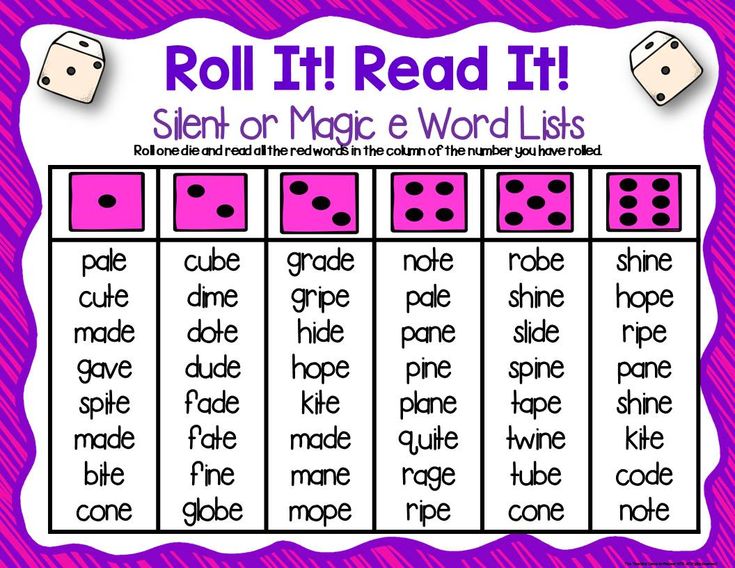 Suitable for individual and group work. nine0003
Suitable for individual and group work. nine0003
Set includes:
Cards #1-2. General strengthening complex of visual gymnastics;
Cards #5-24. Stereograms - pictures with a 3D effect, looking at which helps the muscles of the eye to relax and has a beneficial effect on improving and maintaining visual acuity;
Cards no. 25-29. Polychromatic pictures with colored spots to detect color blindness and its manifestations.
Cards #30-32. Visual illusions - teach to correctly evaluate the visible image; nine0003
Cards #33-48. Pictures-games for the prevention of "lazy eye";
Cards #49-50. Answers, hints and instructions.
What develops Double-sided cards with tasks Train your eyesight?
Double-sided task cards We train vision develop imagination, and regular exercises will help relieve and improve vision, relieve eye fatigue for both children aged 5 years and older, it is recommended to use cards after a long monotonous work that requires eye strain : reading, working with a computer and gadgets, watching TV, etc.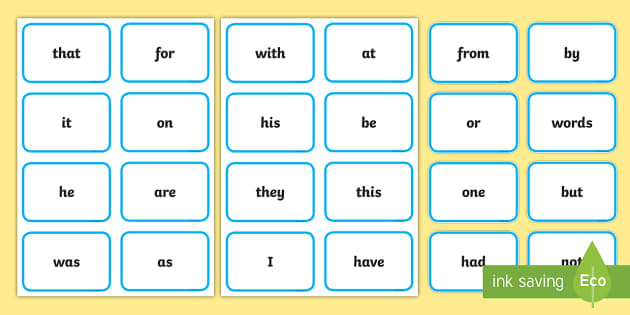
Contents: 50 double-sided cards, game rules.
Recommended age: from 5 years.
Number of players: 1 or more
Card size: 150x110 mm
Material: cardboard.
Weight: 290 g.
Packaging: cardboard box.
Package size: 157x115x27 mm.
Where to buy Double-sided task cards Train your eyesight?
Buy Double-sided cards with tasks We train vision in Novosibirsk You can in the store of educational and board games "Games Pochemuchek"
| Code: | 9785436604435 |
| Age: | 5 to 7 years old 7 to 12 years old from 12 years old nine0076 |
| Gender: | Boy Girl nine0076 |
Add review
Total score:
- Leave reviews can only registered and authorized users.
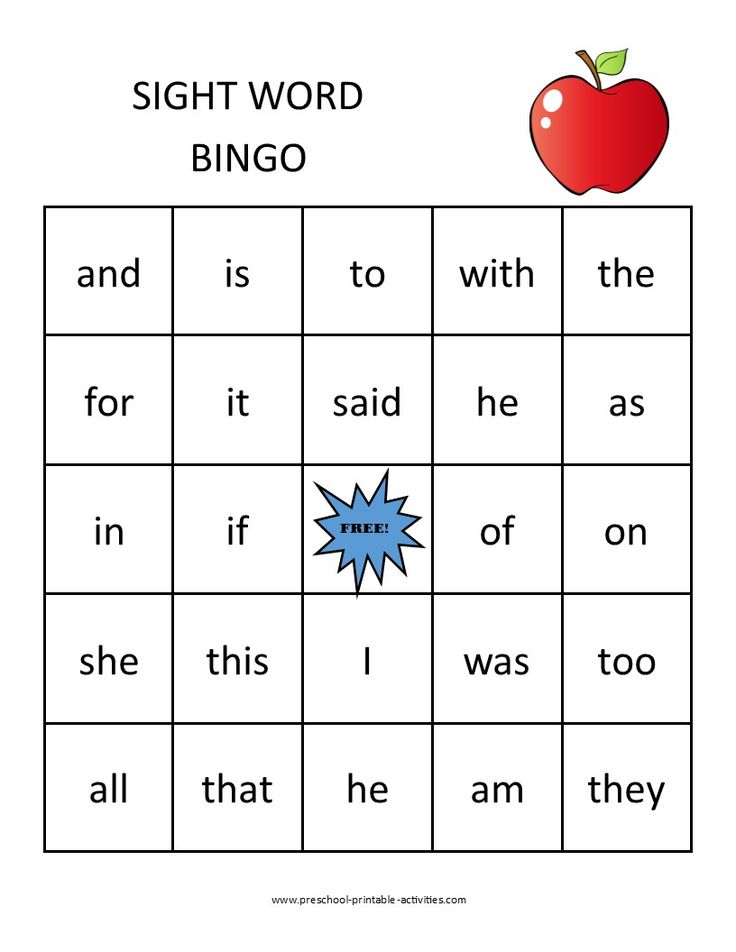
- Users who leave reviews bear full legal responsibility for their content.
- The author's spelling and punctuation are preserved in the reviews.
- Reviews are prohibited from: nine0106
- Use obscene language, insults and threats
- Publish addresses, phone numbers and links containing direct advertising
- Write requests to find a product or any other extraneous texts
- Write off-topic and meaningless comments
5 flashcard games for toddlers
Liana Khaziakhmetova
Flashcard games are easy for parents and fun for kids.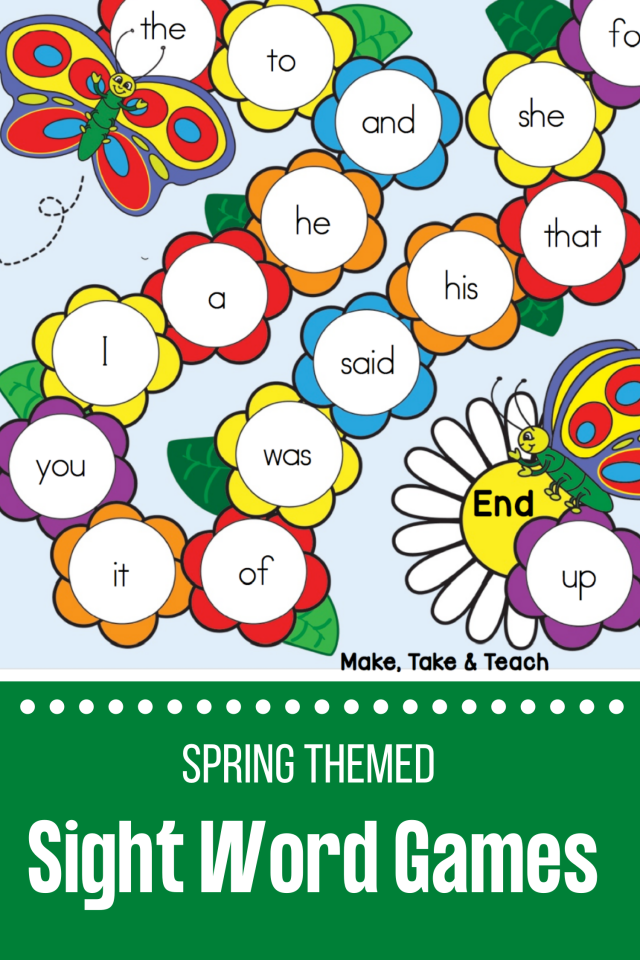 Set "Look!" helps to develop the child's visual thinking and speech. Entertaining games with these cards were suggested by Lyudmila Sokolova, Doctor of Biology, Professor of the Department of Higher Nervous Activity at St. Petersburg State University. Lyudmila Vladimirovna also told why it is important to develop children primarily visually. nine0003
Set "Look!" helps to develop the child's visual thinking and speech. Entertaining games with these cards were suggested by Lyudmila Sokolova, Doctor of Biology, Professor of the Department of Higher Nervous Activity at St. Petersburg State University. Lyudmila Vladimirovna also told why it is important to develop children primarily visually. nine0003
Holistic development of the child
Most of the information we receive through vision. But the perception of the world as a whole is the merit of the integrative activity of the brain. Everyone could feel this property for themselves. For example, you look at a stone and know that it is heavy. But this property of the stone cannot be seen. It's just that once you saw a similar stone, touched it, lifted it, your brain captured and connected the information coming from completely different sensory channels - soldered it into a single integral image. The memory trace of this interaction in the future will allow you to see more than your eyes "say". Moreover, if we pronounce the word “stone”, both its visual image and certain emotional reactions that once accompanied the process of perception will certainly pop up in our memory. nine0003
Moreover, if we pronounce the word “stone”, both its visual image and certain emotional reactions that once accompanied the process of perception will certainly pop up in our memory. nine0003
Therefore, vision is a kind of dominant around which practically all higher mental functions are consolidated — perception, attention, memory, emotions, speech, imagination, thinking.
Developing a child's vision, we develop him holistically.
This is the distinguishing feature of the educational cards "Look!". Here are some play options for kids ages three months and up.
The game "Houses"
At your request, the child should arrange cards with the image of objects that have one or another common feature in piles - "houses". For example, select cards that show something “round” or “red”, “blue” or “striped”; what makes sounds and what doesn't; what refers to figures and lines, and what to animals or machines. At first, children learn to arrange cards by color or shape.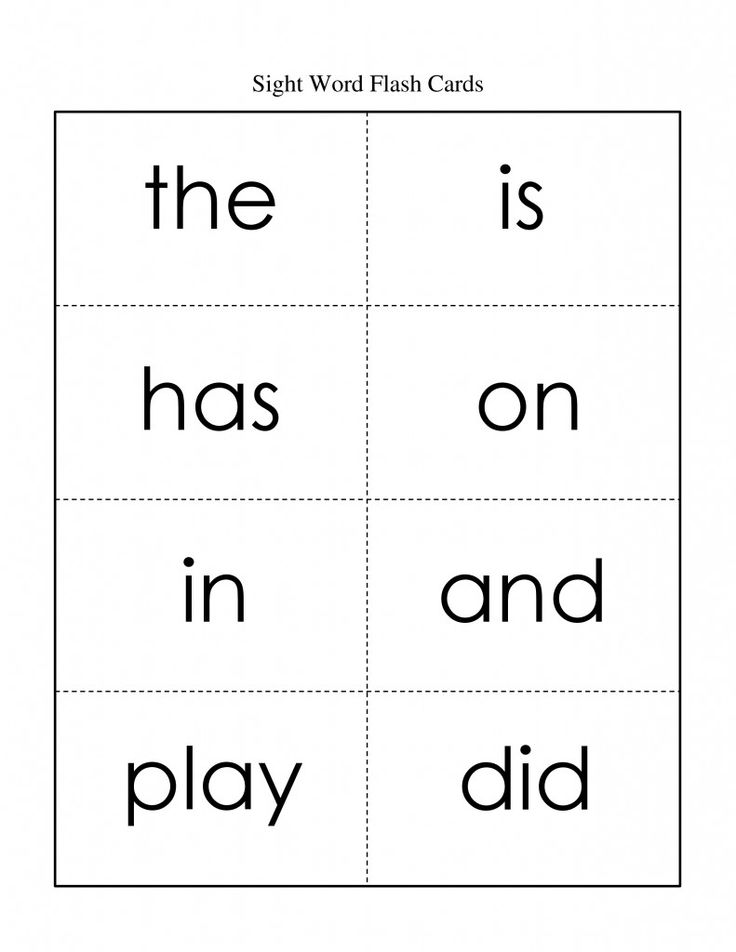 At the age of about two years, the selection of objects can be carried out already on the basis of the totality of these features (color + size). nine0003
At the age of about two years, the selection of objects can be carried out already on the basis of the totality of these features (color + size). nine0003
Children enjoy playing with cards without the help of adults
In order to increase the effectiveness of educational play, it is necessary to make the child an active participant in it. So, he can place in the "house" not only cards, but also real objects or toys that he likes or has the necessary attribute. An older child can be offered to come up with a story about each "house" and its inhabitants.
This will help the child develop such an important intellectual function as imagination. nine0003
Games with analogies
Possibilities of the educational game "Look!" inexhaustible. It is indispensable not only for the development of visual perception, but also for the speech and thinking of the child. Always accompany the display of cards with a speech: clearly pronounce the names and purpose of the objects and phenomena depicted on them.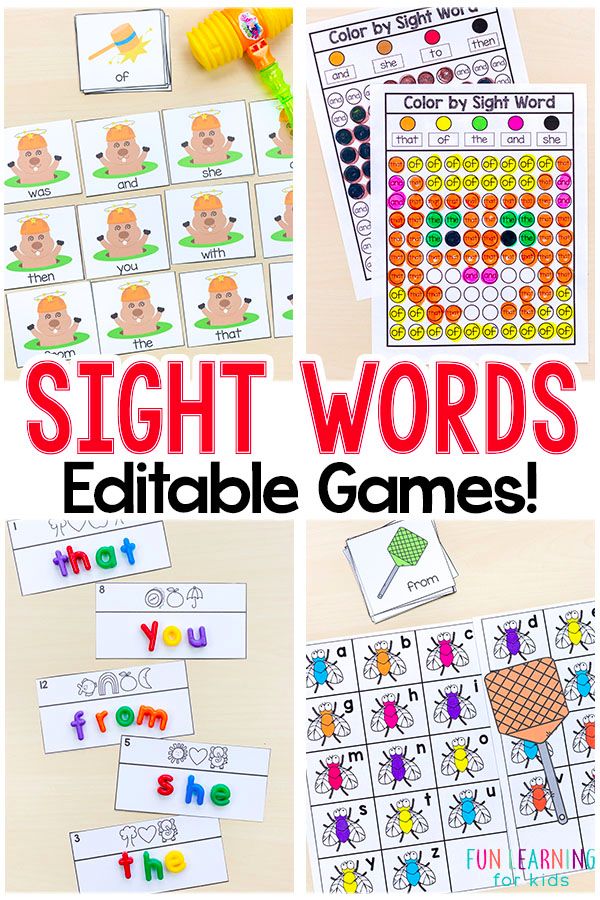 Repeat the same words when you happen to show him real analogues of what is depicted, for example, the Moon in the window or evening - the time when you put his toys to bed together. nine0003
Repeat the same words when you happen to show him real analogues of what is depicted, for example, the Moon in the window or evening - the time when you put his toys to bed together. nine0003
There is one important pattern of speech development: the understanding of speech is ahead of its reproduction.
The child learns to correlate a real object or phenomenon not only with its symbolic image, but also with its sound name. Already at 6-6.5 months, the child begins to associate the perceived object with its name. At 7-8 months, he is already able to perform simple movements according to verbal instructions, for example, choose one card from two or three in his field of vision. From 8–9 months, the child pronounces sounds, and then whole words according to a given adult pattern - imitation comes into force. By 18 months, you will see the result of your joint efforts: the child will begin to repeat the words after you: a bottle, a house, a tree ...
And then he himself will name what he sees on the card or around him.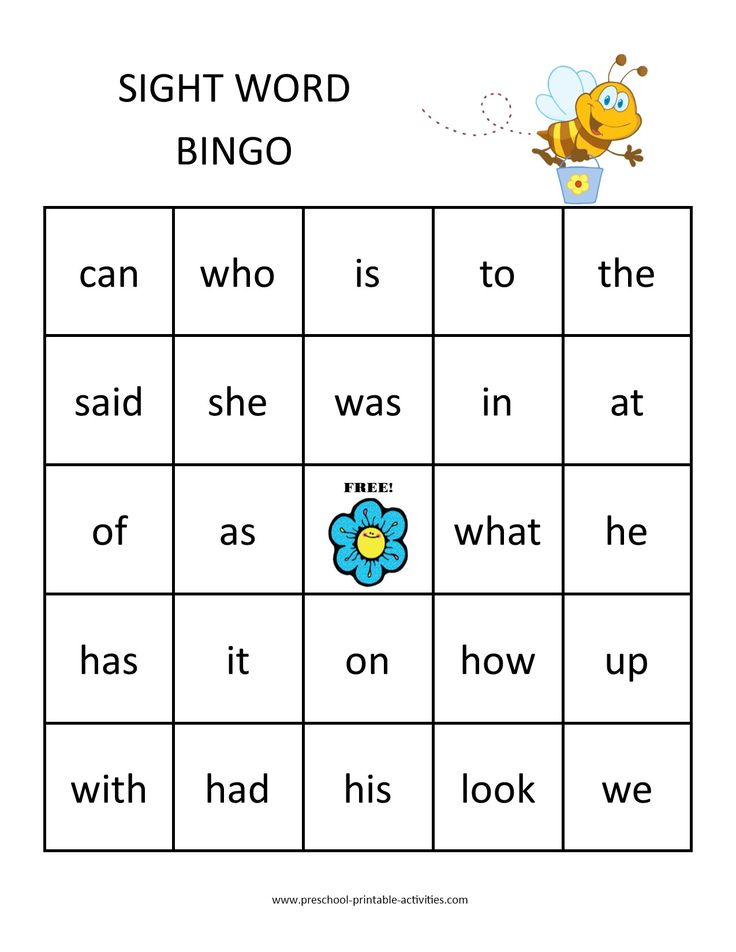
Games with photo
Under the influence of perception and speech, the development of thinking takes place. Playing with cards will help the child master concepts that are quite difficult for him. For example, the "Sun - Moon" card demonstrates not only specific celestial bodies, but also reflects different aspects of the manifestation of day and night.
An example of a Sun — Month card
Despite all the differences, these images have a unifying basis — the same background (silhouettes of houses). And this achieves something important: the child begins to understand a more generalized meaning of a particular image, abstract concepts are formed in him (day-night, light-dark). nine0003
If you attach a card with two images of a child to this card, then your baby will see the difference between the pictures (white-dark background, open-half-closed eyes) and form another associative series: during the day they do not sleep, stay awake, play, but at night - fall asleep.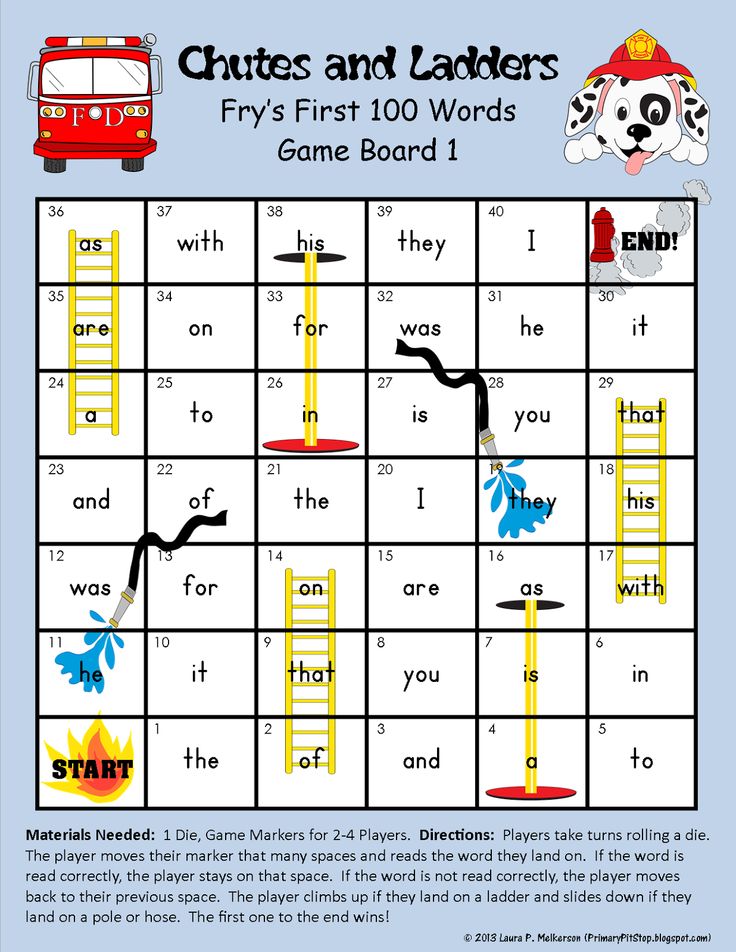
Similarity and difference game
Flashcards teach to identify similarities and differences in the objects seen, based on sensory standards. For example, on the cards "Tree - Triangle", "Snail - Spiral", "Ball - Circle" or "Cubes - Square" some details have a common shape and color, which allows the child to form generalized sensory standards for these categories. In addition, on the "Cubes - Square" card, the number of circles on the cubes and their size allow the child to form an idea of the ordinal system and the concept of "more - less". nine0003
Start familiarizing yourself with cards with simple images
Cards "Elephant - Mouse" and "Fish - Whale" introduces the child to the concept of "big - small" already in relation to the size of living objects. Together with the "Cat - Dog" card, this can complement the "Animals" category.
In addition, the “Fish — Whale” card will help the child learn the meaning of such prepositions as “under” (water) and “above” (water), understand the difference between “bubbles” and “splashes” (taking a glass of water and a straw, an adult himself can show the child how it looks).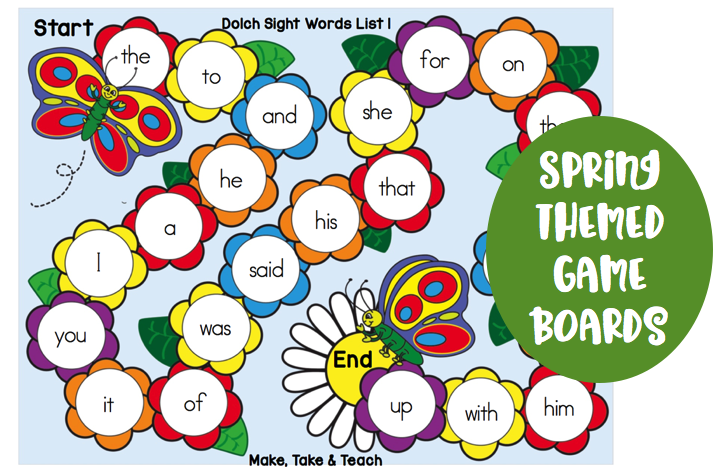 nine0003
nine0003
The "Doll - Robot" card, on which the images have common colors and details, will contribute to the formation of the category "Toys" in the child. The baby's acquaintance with prepositions and adverbs can be continued when playing with the cards "Egg - Chicken" and "Apple - Apple (in section)", where the child learns the meaning of the words "inside" and "out", and also learns to understand that some details object (for example, seeds inside an apple) can be hidden from external observation.
Tell a story game
When working with cards, you need to boldly turn on your imagination - come up with various options for games.
For example, for children of two or three years old, you can offer the game "Tell a story" (at this time, the child already understands the speech-story). Lay various cards on the table in front of the child and try to come up with some kind of fun, funny story with their characters. Then ask your child to do the same. I wonder what he will choose?
A selection of cards, and even more so a composed story, can reveal the inner world of a baby for you.